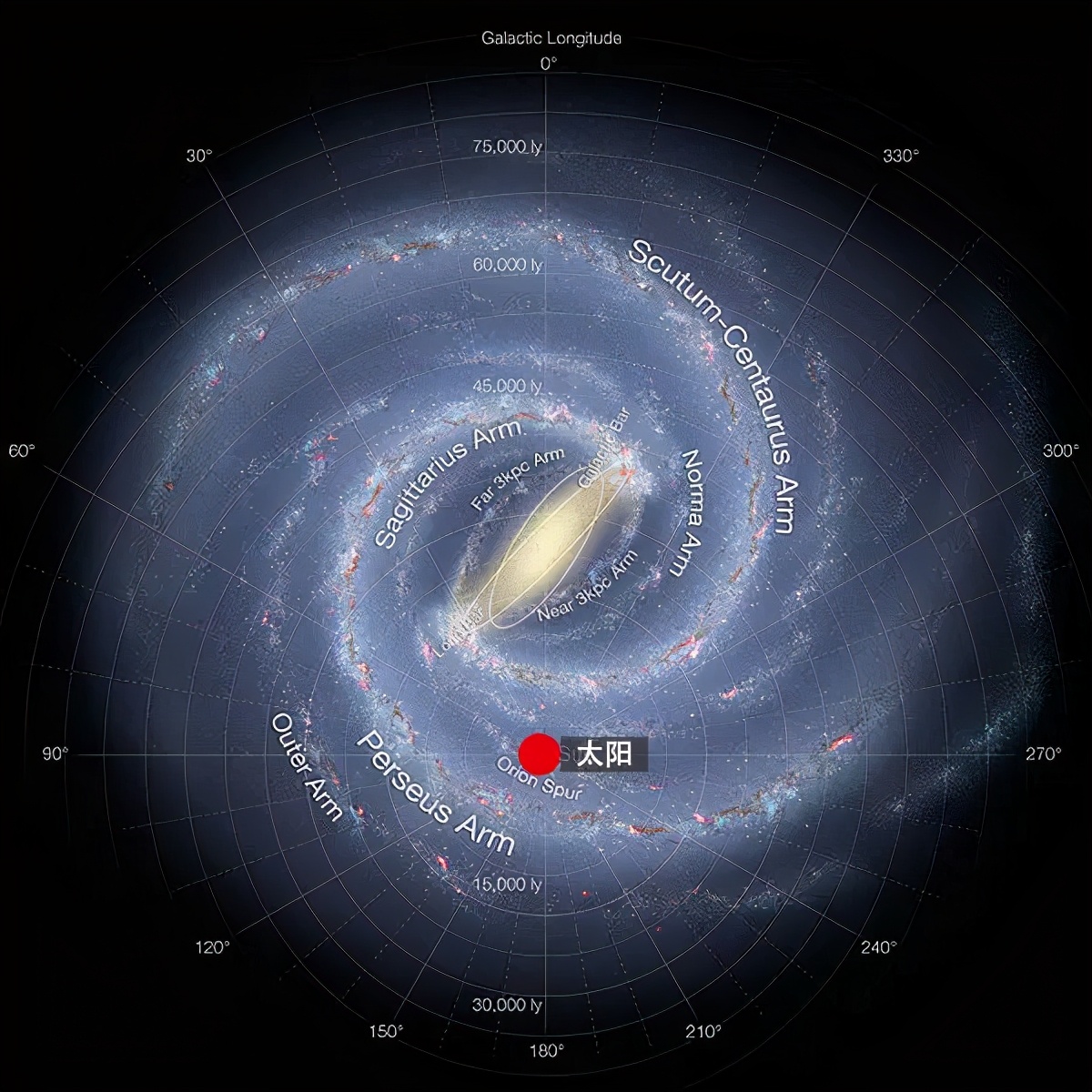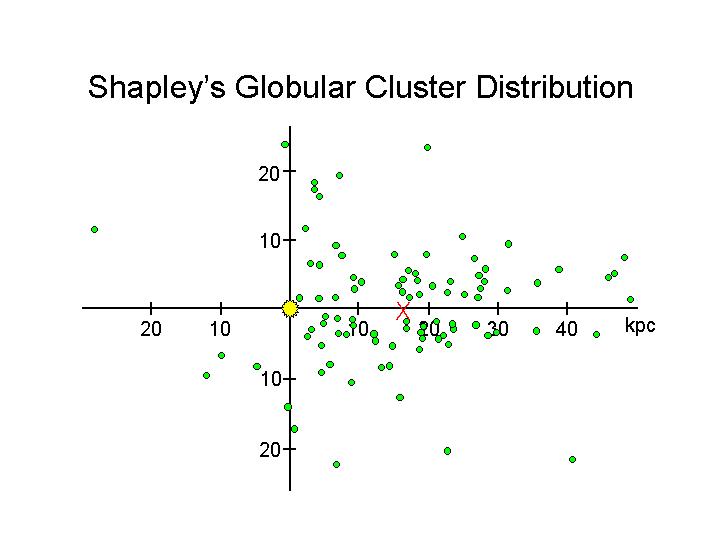Is the Milky Way a river in the sky? No, the Milky Way is…
Copyright belongs to the original author. If there is any infringement, please contact us
Author: SHAO Science Communication Team (Shanghai Observatory, Chinese Academy of Sciences)
The article comes from the official account of the Science Compound (ID: kexuedayuan)
–
We all know that we are in the Milky Way galaxy, but it took thousands of years for humans to correctly understand the Milky Way, and it has been less than a century since humans realized that there are hundreds of billions of galaxies outside the Milky Way that are similar to the Milky Way but not exactly the same.
So what does the Milky Way look like? What do galaxies outside the Milky Way look like? What is the process of human understanding of galaxies?
Is the Milky Way a river in the sky? No, the Milky Way is a big disk
Thousands of years ago, people had various conjectures about the Milky Way. In ancient Greek mythology, people believed that the Milky Way was paved with the milk of the diva Hera; in Chinese myths and legends, the Milky Way was a river in the sky.
It was not until Galileo pointed the telescope’s lens at the Milky Way for the first time that he discovered that the Milky Way was actually composed of countless stars. However, due to being in the Milky Way, humans still do not know the structure of the Milky Way, and what is the relationship between the Milky Way and the sun?
It was the English scientist Thomas Wright and the German philosopher Immanuel Kant who were the first to make a correct inference about the shape of the Milky Way. Wright believed that the Milky Way was flat, and that the sun was in it. Kant further conjectured on Wright’s basis that the Milky Way is a large, flat, distributed celestial system containing countless stars, which are bound together by gravity and revolve around a center like the solar system.

Imaginary map of the structure of the Milky Way (facing)
In the late 18th century, British scientist Herschel gave the first quantitative estimate of the shape of the Milky Way. He used a homemade telescope to count the stars in the Milky Way, and for the first time used observational data to prove that the Milky Way is a flat shape.

Herschel’s quantitative estimate of the shape of the Milky Way
Today, we have a more detailed understanding of the structure of the Milky Way. The Milky Way is roughly a flat disk, about 100,000 light-years in diameter and about 10,000 light-years thick. There are about 300 billion stars distributed on the disk. Among them, the sun is about 26,000 light-years away from the center of the Milky Way. In addition, there is a rod-shaped structure at the center of the galaxy, with several spiral arms extending at each end of the rod. At the center of the galaxy lives a black hole about 4.30 million times the mass of the sun.
What’s outside the "silver plate"? Short sticks, lenses, football…
Through telescopes, astronomers saw stars in the Milky Way, and at the same time, they observed many nebulous objects called nebulae. In 1780, the French astronomer Messier published a table of nebula clusters containing 110 celestial objects.
Is the nebula, especially the spiral nebula, in the Milky Way or outside the Milky Way? On this question, in 1920, the National Academy of Sciences held what is historically known as the "great debate". In this debate, Shapley argued that the Milky Way is huge, the spiral nebula is within the Milky Way, and the Milky Way is the whole universe; the other side, Curtis, believed that the Milky Way is not the whole universe, and those nebulae are outside the Milky Way. Neither side convinced the other in this debate, but both pointed out that the measurement of distance and scale is the key to solving this problem. In 1923, Hubble observed the Andromeda Nebula (M31) with the Hooker Telescope, using distance measurements of Cepheid variable stars in M31 to prove that the distance of M31 was much larger than the scale of the known Milky Way.

Shapley’s map of globular clusters (Image: Wikipedia)
After Hubble discovered and certified extragalactic galaxies, he further conducted a systematic study of the morphology of extragalactic galaxies. Hubble found that galaxies with different shapes can be divided into three categories, elliptical galaxies, spiral galaxies, irregular galaxies, and there is also a transition type – lenticular galaxies. This classification method can be summarized by the Hubble tuning fork diagram
Hubble tuning fork diagram (Image source: Wikipedia)
The first type of elliptical galaxies, such as galaxies with a perfectly circular or elliptical shape, highly concentrated brightness distribution, and no obvious substructure, are represented by the English letter E.
Elliptical galaxies (Image source: Wikipedia)
The second type, the spiral galaxy, has a distinct spiral structure in its shape, which is recorded as S in English. This type of galaxy has a bright, unstructured bulge at the center. In addition, there is a type of spiral galaxy with a short bar structure running through the bulge at the center, which is recorded as a barred spiral galaxy (SB).
The third type, irregular galaxies, are galaxies with an irregular shape without obvious spiral arms, nuclei, and other structures, called irregular galaxies, which are denoted as Irr.
A lenticular galaxy is a galaxy between an elliptical galaxy and a spiral galaxy, denoted S0. This galaxy has a disk-like structure, but no obvious spiral arms, and is generally lenticular. If there is a rod-like structure in the center, it is called a rod-lensed galaxy, denoted SB0.

Lensed galaxy NGC 2787 (Image source: Wikipedia)
The Hubble classification of extragalactic galaxies is based on two-dimensional images. What do these galaxies look like in real three-dimensional space?
It’s thought that elliptical galaxies actually look like a football, so if we look at them from the tip, they look like a perfect circle, if we look at them from the other side, they look like ellipses, whereas spiral galaxies actually look like plates, and again, depending on where we look, spiral galaxies look very different.
Conclusion
Since Hubble proved that galaxies are "islands" in the universe, astronomers have been studying the details of how galaxies form and evolve in the universe, and using them to uncover the mysteries of the universe. As the overall picture of galaxy formation and evolution is built, more and more mysteries are being solved. The mysteries of galaxies are attracting generations of astronomers to study more deeply.






